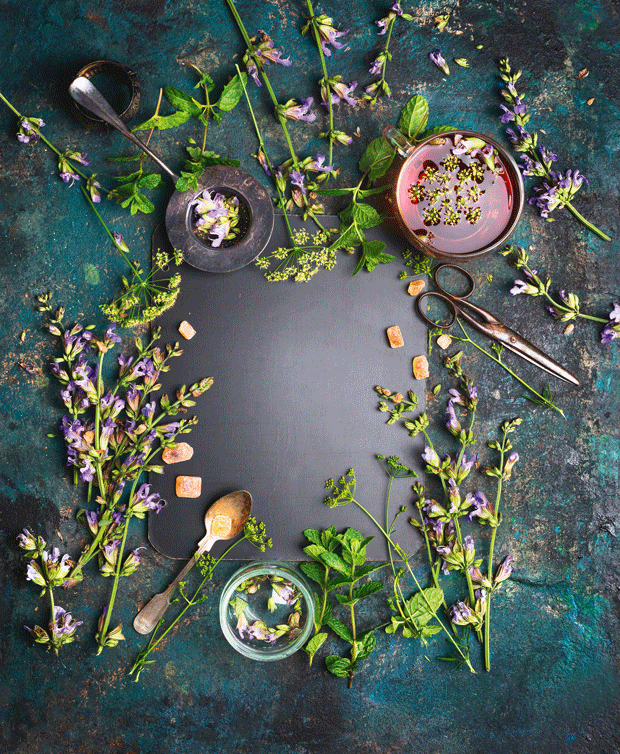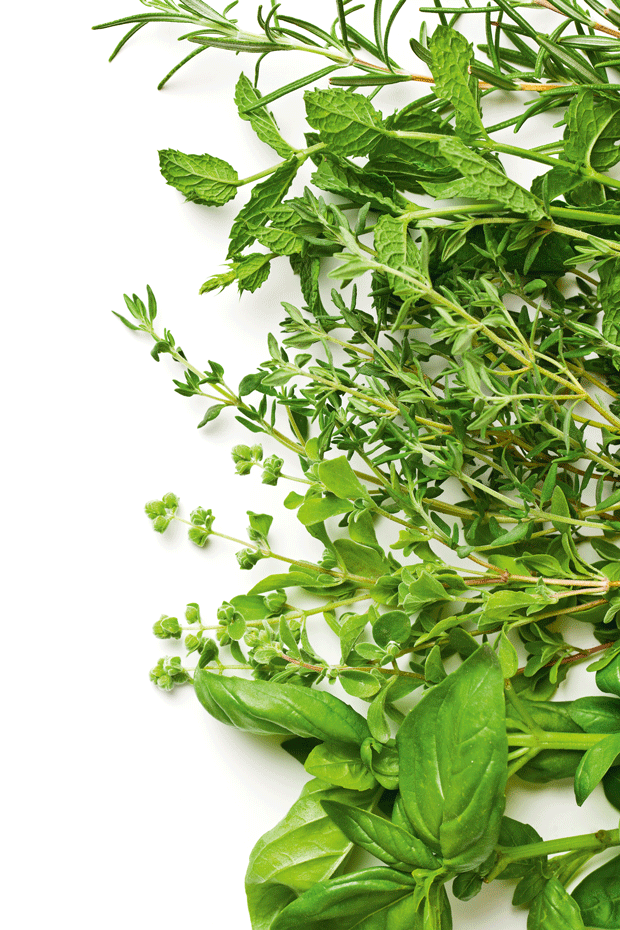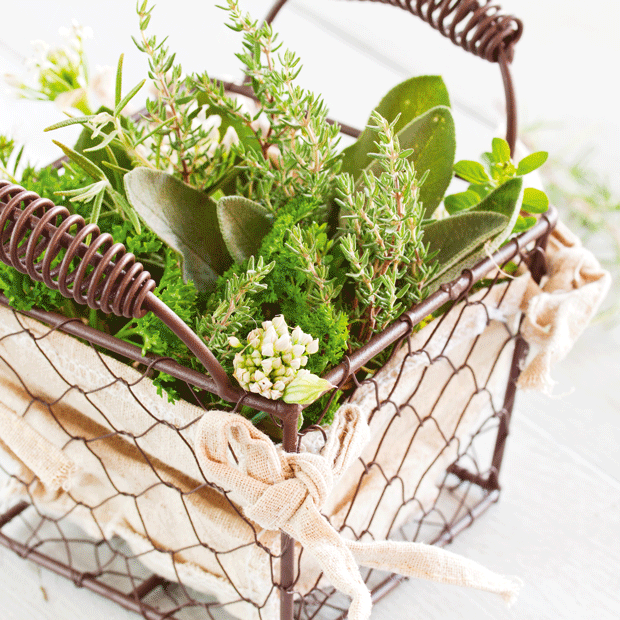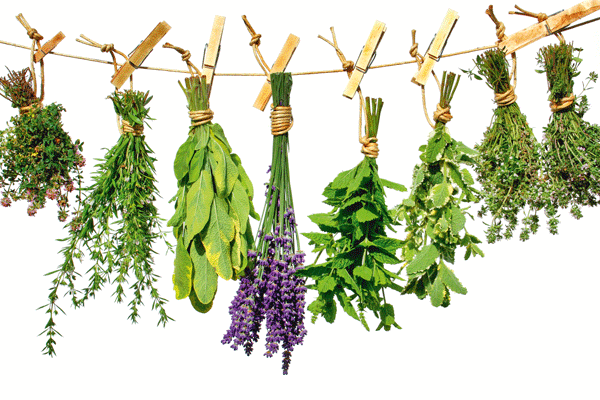How to start a backyard herbal enterprise

Starting a backyard herbal enterprise can be a viable means of earning extra cash. Donna Lee of Cottage Hill Herbs spills her secrets to success.
Words: Jane Wrigglesworth
Growing herbs offers greater opportunities than ever before. There’s a widespread resurgence in herbs, both medicinal and culinary, and virtually no limit to where you might sell them:
• farmers’ markets
• restaurants
• specialty grocery stores
• health food stores
• craft breweries
• herbalists
• herbal tea makers
• small product manufacturers
“It’s exciting to see what is happening now,” says Upper Hutt herbalist Donna Lee of Cottage Hill Herbs, who grows herbs for her own business and for others.
“There is an emerging area that I have been noticing over the past 12 months and that’s the food industry. For example, there are people who are harvesting nuts and wanting herbal powders to combine with the coating on their nuts. There are people producing different kinds of food where they are wanting flowers particularly, like cake decorators and the brewing industry – that’s a huge one.
A lot of them, when they are trying to make their individual brews, are looking at herbs.” Donna has found that the demand for herbs has vastly increased compared to previous years, and the versatility of their end use has exploded. “We are selling to cafes, to people doing ‘superfood’ combinations, and people doing herbal vinegars,” she says. “We’ve even got a bar in Auckland mixing cocktails using hydrosols because we do our own hydrosols here. There is heaps happening, and it is very exciting.”
WHICH HERBS GROW A MAXIMUM PROFIT?

The answer is simple: the ones that grow best in your environment. “What herbs to grow depends on where you are in New Zealand,” says Helen Johnson, of Tree & Shrub Propagation. “You are best to sit down and work out which herbs are annuals and which are perennials. Annuals are generally sown once we get the warmer soil temperatures and the chance of frost is pretty well over. Warm sunny days will lure you into a false sense of security. Check out your soil temperature and you will have much more success getting annual herbs established.”
Look to your climate and any microclimates. Within every region, and on individual farms and lifestyle blocks, the prevailing climate will be influenced by the nature of your specific site. Microclimates vary considerably due to the amount of exposure your site gets to sun, wind, frost, humidity, surrounding vegetation and proximity to water. But when choosing herbs to grow, climate should not be considered alone. Soil suitability for each herb is another important factor to consider, as each herb has its own particular requirements.
“There’s no point trying to grow something that wouldn’t actually grow on the particular site in question,” says Donna. “I always remember the story about a lady in the South Island who was trying to grow herbs and they all failed miserably because the soil wasn’t suitable. In the end she went to horseradish, which grew fantastically and she produced an amazing business.” Irrigation and good drainage are critical for the majority of herbs, and the soil should be reasonably fertile. Some herbs, like peppermint and nettles, need excellent fertility to thrive. Some herbs need a lot of water and some don’t.
“I grew many of my herbs in raised wooden-sided gardens and had an on-ground irrigation system going to and through each box plot, all able to be controlled separately,” says Nelson herbalist Christine Tuffnell. She used to grow, harvest and process herbs into herbal tea mixes. “Some herbs require a lot of water, for example, mint species, whereas others prefer it drier, like
Solidago species, so it is important to meet the watering requirements of each different herb. I prepared my ground with compost and added sheep droppings regularly, one of the advantages of a lifestyle block – sheep!”

Christine is now President of the Herb Federation of New Zealand, and says she maintained soil fertility with her own ‘brew’. “To this I regularly added watering with a seaweed and comfrey mixture, further diluted. This mixture sat in a big black plastic water storage tank, happily breaking down over months. As I used it I simply added more water and added more seaweed after any outings to the seaside.”Another important factor is whether you wish to go organic.
Organic herbs will make you more money, but there are issues associated with organics. Fertilisers, weed and pest control are considerations, although many herbs are not bothered by pests.
“I rarely had problems with plant pests,” says Christine. “Adequate watering and use of companion planting, particularly Calendula officinalis, are important in a pest-free strategy. Regular hand-weeding keeps weeds under control. No spraying is needed, and is certainly not desirable if you are growing herbs for consumption.” Some herbs, such as goldenseal (Hydrastis canadensis) and echinacea fetch a lot of money, but there is also a greater expense in getting them started.
“Echinacea is not so bad,” says Donna. “But you are really looking at a three to four year period before you can harvest those herbs; with goldenseal it’s seven years. So that’s a huge investment in cost – in time and land usage – that probably not a lot of people would want to consider.” There are many herbs to choose from though, and Donna recommends growing more than one.
“I wouldn’t recommend putting all one’s eggs in one basket, with one herb. There are thousands of herbs to choose from. You can grow tree herbs (lemon verbena, crampbark or Viburnum opulus, ginkgo, witch hazel etc), shrub herbs (like rosemary and the sages), perennials (comfrey, feverfew, hyssop, thyme, sweet marjoram etc) and annuals (aniseed, basil, calendula, chamomile, dill etc) depending on what you are looking for as the end result.”
PROCESSING BEFORE PROFIT

You’ll need to know your market before starting out. Who will you sell to, and are you going to process the fresh herb into a value-added product? You also need to know how to harvest and dry your herbs properly, and how to package them. “If the herbs are being grown for sale or as a cash crop, check out where you will sell them, and how you will package them,” says Helen Johnson. “If you are harvesting over the summer, a cool place to let them cool down before distribution is helpful. Make sure you have adhered to any conditions and specifications if spray has been used. You also need to make sure you have correct identification of the plant on the label.”
The drying process is a significant aspect to growing herbs. The herbs need to be dried at a proper temperature; if it’s too high, the volatile constituents, such as essential oils, will become depleted. In the excellent book Herbal Harvest: Commercial Organic Production of Quality Dried Herbs, author Greg Whitten writes that aromatic herbs are dried at temperatures around 35°C, with the optimum around 30°C, provided humidity is sufficiently low. Various other factors need to be taken into account when drying though, so consult an expert or quality literature for drying processes and temperatures.
“It is vital that herbs are processed immediately after they are harvested, before they begin to wilt,” says Christine. “All parts harvested have to be inspected for insects or plant conditions – for example, rust – and any less-healthy parts removed and discarded. A wilted plant is impossible to examine properly for pests.” The drying process needs to be started straight away. “The right timing of each drying load is crucial to the quality of the dried herb,” says Chris. “I dried herbs using dehydrators. Hanging, to dry naturally, exposes the herbs to dust and insects and I found carefully managed dehydration resulted in a better quality overall.”
Christine packaged and sold her herbs locally and online. “There is definitely a market for high quality herbal teas,” she says. “My experiments with packaging led me back to brown paper bags. While cellophane and plastic might enable the purchaser to see the product, sunlight causes this type of packaging to sweat and reduces dried herb quality.” There are very few cases where you need to have a license to grow herbs. The most notable is hemp, but usually herbs are very simple to sell. This is what makes growing herbs for herbal teas a great option for lifestyle block owners.
It’s also a way of life that can be incredibly satisfying says Christine. “Growing, harvesting and processing herbs is very labour intensive, and has to be so, if you want the best quality herb product, but it’s very enjoyable. You cannot beat the wonderful aromas when growing, harvesting and processing herbs.”

